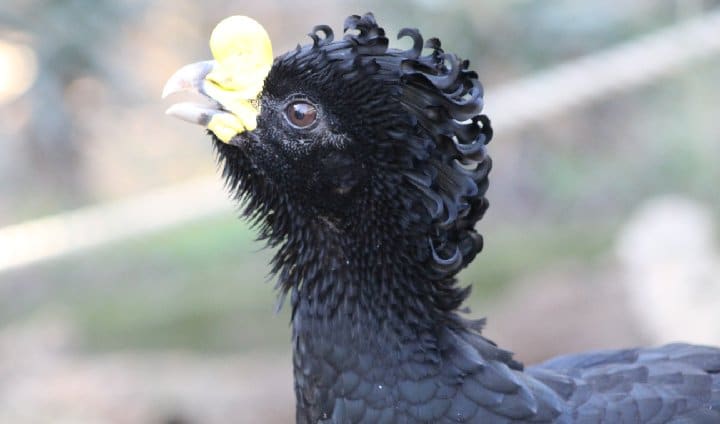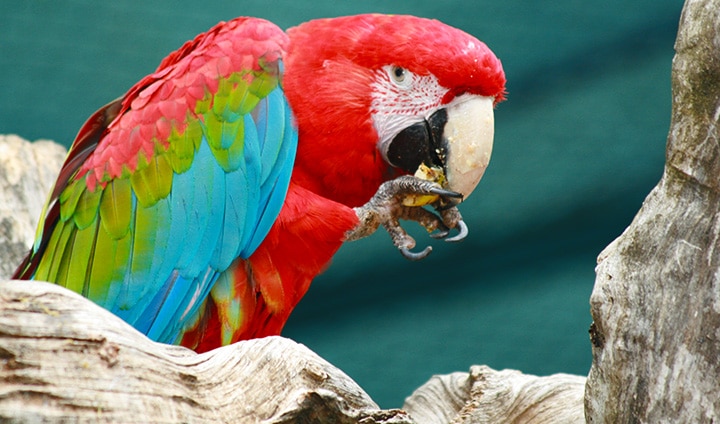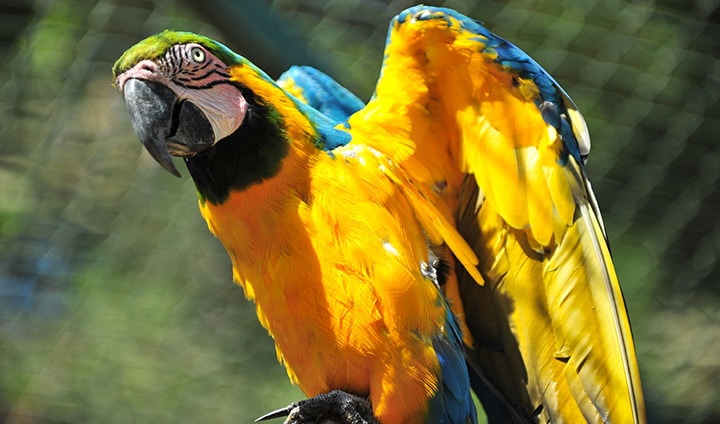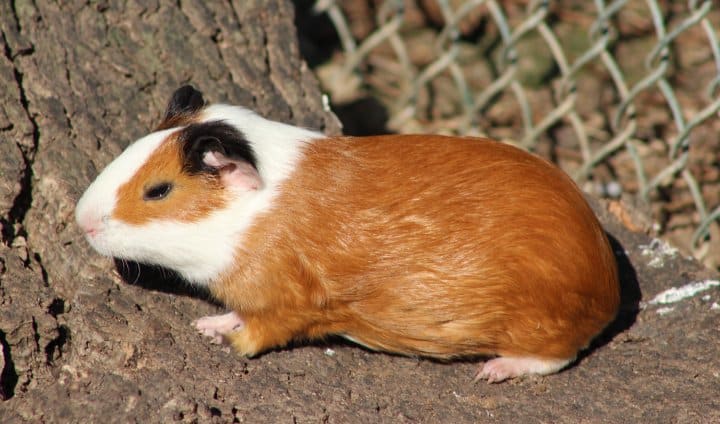Habitat and distribution: Undisturbed tropical forests and mangroves. If they feel safe can be found in more open areas. Found in Central America, from Mexico to Colombia and parts of Ecuador.
Diet: Omnivores: mostly fruit but also leaves and occasionally animals such as invertebrates and amphibians.
Reproduction: Oviparous and monogamous. The mating ritual includes a sophisticated series of movements. The male builds the nest in a tree, where the female lays a clutch of 2 eggs. The incubation period is 32 days and after hatching, the parents take care of the young for 8 months.
Behaviour: Birds with aggressive temperament that can sometimes scare their own predators, such as small cats and birds of prey. The young are totally dependent on their parents up to the age of 8 months.
Conservation Status: Threatened by intensive hunting, habitat destruction by deforestation and habitat conversion to agriculture. Eggs are removed from the nest and many individuals are captured to be raised as pets.
Classified as Vulnerable (VU) on the IUCN Red List.
Class: Aves
Order: Galliformes
Family: Cracidae
Dimensions: 78 – 100 cm length
Lifespan: 22 – 24 years





